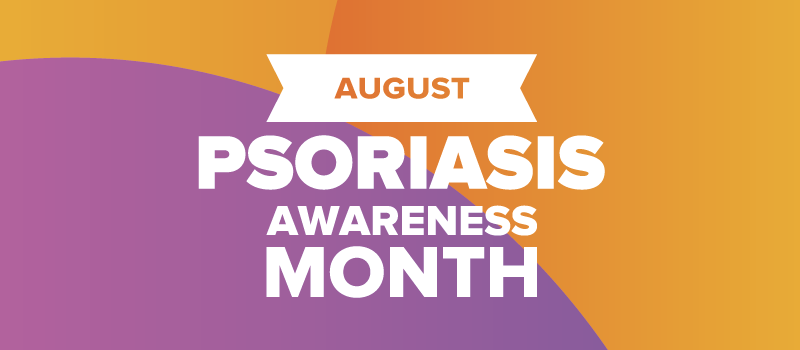What’s the Buzz
The Bee Healthy Blog
What is Zinc Oxide Ointment Used For?

Zinc oxide ointment is a skin protectant that protects the skin from minor irritants. Ointments and creams containing zinc oxide are used to treat and prevent diaper rash and other minor skin irritations like cuts, scrapes, and burns. Some zinc oxide products may also be used as sunscreens. Please keep reading to learn more about zinc oxide topical.
Is zinc oxide ointment good for the skin?
Zinc oxide is used topically to protect the skin from irritation caused by diaper rash. It is an over-the-counter skin protectant with various dosage forms, including lotion, cream, ointment, and paste. Zinc oxide forms a physical barrier on the skin, thus protecting it from irritants and wetness. This physical barrier also has a soothing effect on irritated skin.
Zinc oxide topical is for external use only. These products are sold under brand names such as Aquaphor, Desitin, Desitin Maximum Strength, Balmex, Caldesene, Elta Seal, Boudreaux Butt Paste, Calmol-4 suppository, Flanders Buttocks Ointment, Dr. Smith’s Rash + Skin, Vaginex Powder, Z Bum, Triple Paste, and others.
What is zinc oxide ointment used for?
Here are some of the most common uses of zinc oxide topical:
- To prevent and treat diaper rash caused by wet diapers
- To treat minor skin irritations like cuts, scrapes, and burns
- To protect and dry out oozing skin caused by poison ivy, poison sumac, and poison oak
- To soothe skin irritation associated with eczema and minor excoriations and wounds
- To treat hemorrhoids using zinc oxide rectal suppositories
- To prevent and protect from chaffed, windburned, cracked, or chapped skin
- To use as a sunscreen
Low to moderate concentrations of zinc oxide (10-20%) are used to prevent skin conditions like diaper rash. Higher concentrations (40%) may be used to treat an affected area. The cream should be applied liberally in the diaper area at the time of every diaper change.
Is zinc oxide cream antifungal?
Zinc oxide cream is not an antifungal. However, combination drug products are available that contain both an antifungal and zinc oxide topical. For example, Vusion is a prescription skin ointment that contains miconazole (an antifungal medicine), 15% zinc oxide, and white petrolatum. This product treats a rash in your baby’s diaper complicated by candidiasis (a yeast infection).
Is sunscreen with zinc oxide better?
For some people, sunscreen with zinc oxide may be better than chemical sunscreens. Zinc oxide-containing sunscreens are called physical sunscreens or mineral sunscreens. They prevent the sun’s harmful UV rays from damaging your skin by forming a physical barrier on the skin’s surface. Physical sunscreens offer broad-spectrum protection against UVA and UVB rays.
However, zinc oxide sunscreens can leave behind a chalky white residue on the skin. Also, physical sunscreens need to be reapplied more often than chemical sunscreens. Recently, sunscreens containing nanoparticles of zinc oxide have become popular because they don’t leave behind the white cast, which many people find bothersome.
In addition, nanoparticles of zinc oxide have been found to have antimicrobial activity (antifungal and antibacterial properties). As a result, zinc oxide sunscreens (physical sunscreens) are a particularly good choice for people with redness, rosacea, and sensitive skin.
What are the side effects of zinc oxide ointment?
Zinc oxide topical is generally well tolerated. However, possible side effects include skin irritation. If this occurs, you should stop using zinc oxide topical and seek medical attention.
In a small number of people, zinc oxide can cause serious side effects such as an allergic reaction. Serious symptoms of allergic reactions include skin rash, hives, and itching.
Zinc oxide topical does not have any significant drug interactions. However, you should consult your health care provider for any possible interactions with other drugs.
Tips and precautions for using zinc oxide topical
How to Use Zinc Oxide Topical
- Zinc oxide topical is for external use only. Do not ingest this medicine. Avoid contact with eyes when using zinc oxide topical products.
- Do not use zinc oxide topical if you have an allergy to any of the active or inactive ingredients in these products.
- Use zinc oxide topical in the affected area only, such as your baby’s diaper area, according to the package instructions or your doctor’s direction.
- In case of a missed dose, apply zinc oxide as soon as you remember. However, if it is almost time for the next dose, skip the missed dose. Do not apply more medication to make up for a missed application.
How to Store and Safely Discard Zinc Oxide Topical
- Read the storage information printed on the product package and store your zinc oxide topical product accordingly. These products are usually stored at room temperature.
- Do not throw expired or unused medications in the trash. Contact your pharmacy or local waste disposal company to learn how to properly discard medications.
When to Seek Medical Attention
- Call your doctor for advice if your skin condition does not improve after 7 days of using over-the-counter zinc oxide topical products.
- Talk to your doctor before using zinc oxide topical if you are pregnant or breastfeeding.
- If you have ingested zinc oxide topical, contact your health care professional immediately, as you may need to go to the ER for medical care. Your local poison control center or provincial poison control center (for Canadian residents) are good resources regarding overdose symptoms and what to do in those situations.
- Seek immediate medical attention if you develop signs and symptoms of an allergic reaction, such as skin rash, hives, or itching.
References:












SOCIAL